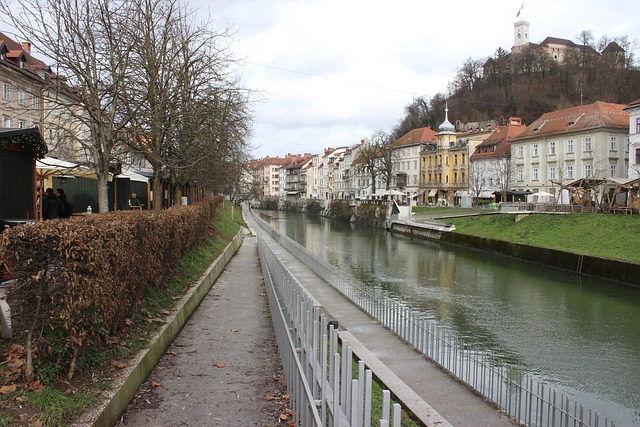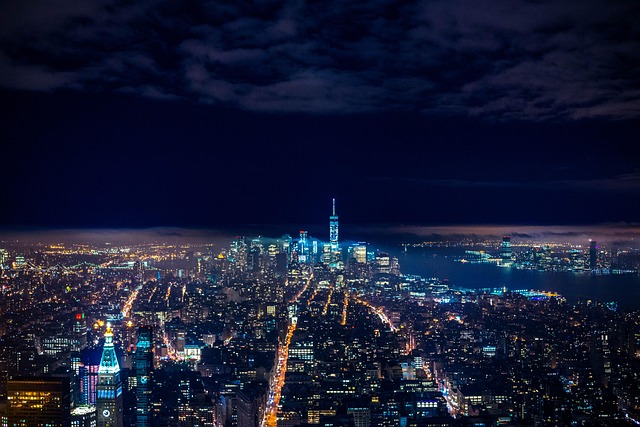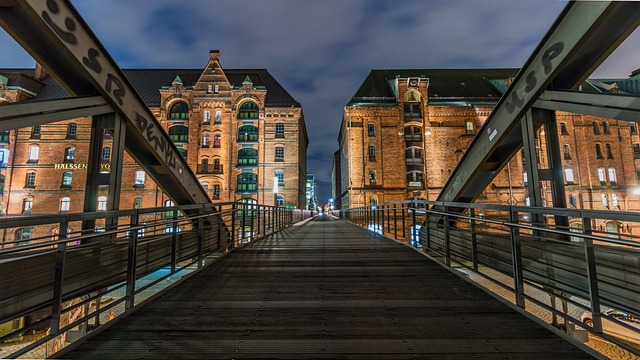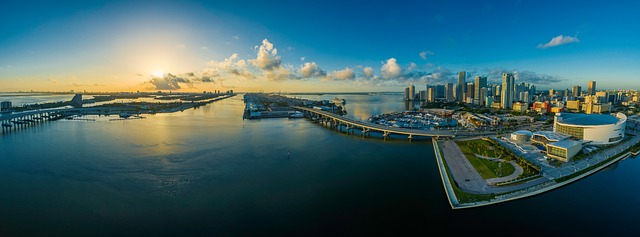Karsaz Proximity, a conceptual approach for Karachi, aims to connect nearby areas, enhance community engagement, and improve accessibility across diverse neighborhoods. By understanding urban 'proximity', stakeholders can optimize resource allocation, infrastructure development, and social interactions in the city's dynamic landscape. Karachi, Pakistan's economic hub and largest urban center, faces challenges like traffic congestion and environmental sustainability due to rapid urbanization. However, its strategic location, rich history, and robust infrastructure make it a major regional commercial node and gateway to Asia. Embracing digital transformation through 5G and IoT can help Karachi enhance its proximity network, boost e-commerce, remote work opportunities, and become a thriving digital hub, attracting businesses and investments while improving residents' quality of life.
“Discover the intricate web of Karsaz Proximity—a concept reshaping the urban landscape of Pakistan’s vibrant metropolis, Karachi. This article delves into the unique geographical positioning of Karachi and how it influences urban development. From understanding the concept to exploring its impact and navigating the challenges, we unravel the story of Karachi’s proximity network. Explore why this dynamic city is a testament to both evolving opportunities and strategic planning in the ever-growing Karachi metropolis.”
- Understanding Karsaz Proximity: A Concept Unveiled
- The Geographical Significance of Karachi
- Exploring the Impact on Urban Development
- Challenges and Opportunities in Karachi's Proximity Network
Understanding Karsaz Proximity: A Concept Unveiled

Karsaz Proximity, a concept that has sparked curiosity in the context of Karachi’s urban landscape, refers to the idea of connecting and enhancing nearby areas within the bustling metropolis. This innovative approach aims to foster a sense of community and improve accessibility among diverse neighborhoods. By understanding the ‘proximity’ between various parts of the city, developers, urban planners, and residents can navigate and optimize resource allocation, infrastructure development, and social interactions.
In Karachi, with its vibrant and ever-evolving tapestry of communities, Karsaz Proximity offers a strategic framework to address the challenges and opportunities presented by rapid urbanization. It encourages exploring innovative solutions to connect diverse areas, ensuring that no neighborhood feels isolated. This concept has the potential to revolutionize how we perceive and interact with our urban environment, creating a more interconnected and vibrant city for all its inhabitants.
The Geographical Significance of Karachi

Karachi, Pakistan’s economic powerhouse and the country’s largest city, holds immense geographical significance. Situated on the Arabian Sea coast, it serves as a vital seaport, facilitating international trade and commerce. The city’s strategic location has historically made it a bustling center for maritime activities, attracting diverse cultures and fostering a vibrant economy.
As the financial hub of Pakistan, Karachi is home to numerous industries, businesses, and financial institutions. Its robust infrastructure, including modern ports, highways, and an efficient transportation network, contributes to its status as a major regional commercial node. The city’s geographical proximity to key trade routes has positioned it as a gateway to Asia, further enhancing its importance in the global marketplace.
Exploring the Impact on Urban Development

Karsaz proximity in Karachi has profound implications for urban development. The dense population and strategic location of this area have led to a rapid growth in infrastructure, commercial hubs, and residential complexes. This phenomenon is particularly evident in the city’s downtown core, where modern skyscrapers stand side by side with historic buildings, reflecting a unique blend of traditional and contemporary architecture.
The impact on urban planning is significant. Karsaz’s proximity encourages mixed-use development, fostering vibrant neighborhoods that seamlessly integrate commercial, retail, and residential spaces. This density also presents challenges in terms of traffic management and environmental sustainability, prompting city planners to innovate with efficient transport systems and green initiatives. Karachi’s evolving urban landscape, heavily influenced by Karsaz proximity, sets a stage for future developments that must balance progress with the preservation of the city’s cultural heritage.
Challenges and Opportunities in Karachi's Proximity Network

Karachi, as a sprawling metropolis, presents both unique challenges and boundless opportunities in its proximity network. The city’s dense population and labyrinthine layout create complex connectivity issues, with areas suffering from limited access to essential services and infrastructure. Traffic congestion is a persistent problem, hindering efficient movement of people and goods, especially during peak hours. This urban conundrum demands innovative solutions to enhance Karachi’s connectivity, such as smart transportation systems and well-planned public infrastructure.
However, amidst these challenges lies a thriving opportunity for digital transformation. Karachi’s proximity network can be revolutionized through the adoption of advanced technologies like 5G and IoT (Internet of Things). These technologies promise improved communication speeds, enabling seamless data exchange and fostering an environment conducive to e-commerce, remote work, and smart city initiatives. By leveraging these opportunities, Karachi can become a digital hub, attracting businesses and investments while significantly improving the quality of life for its residents.
Karsaz proximity, as a fundamental concept, significantly shapes the geography and development of Karachi. Understanding its impact across urban planning, infrastructure, and social dynamics is crucial for the metropolis’s sustainable growth. By leveraging the strengths and addressing the challenges outlined in this article, Karachi can harness its proximity network to become a more connected, vibrant, and inclusive city. The future of Karachi lies in maximizing its unique positioning, ensuring a balanced approach that benefits all its residents.





Leave a Reply